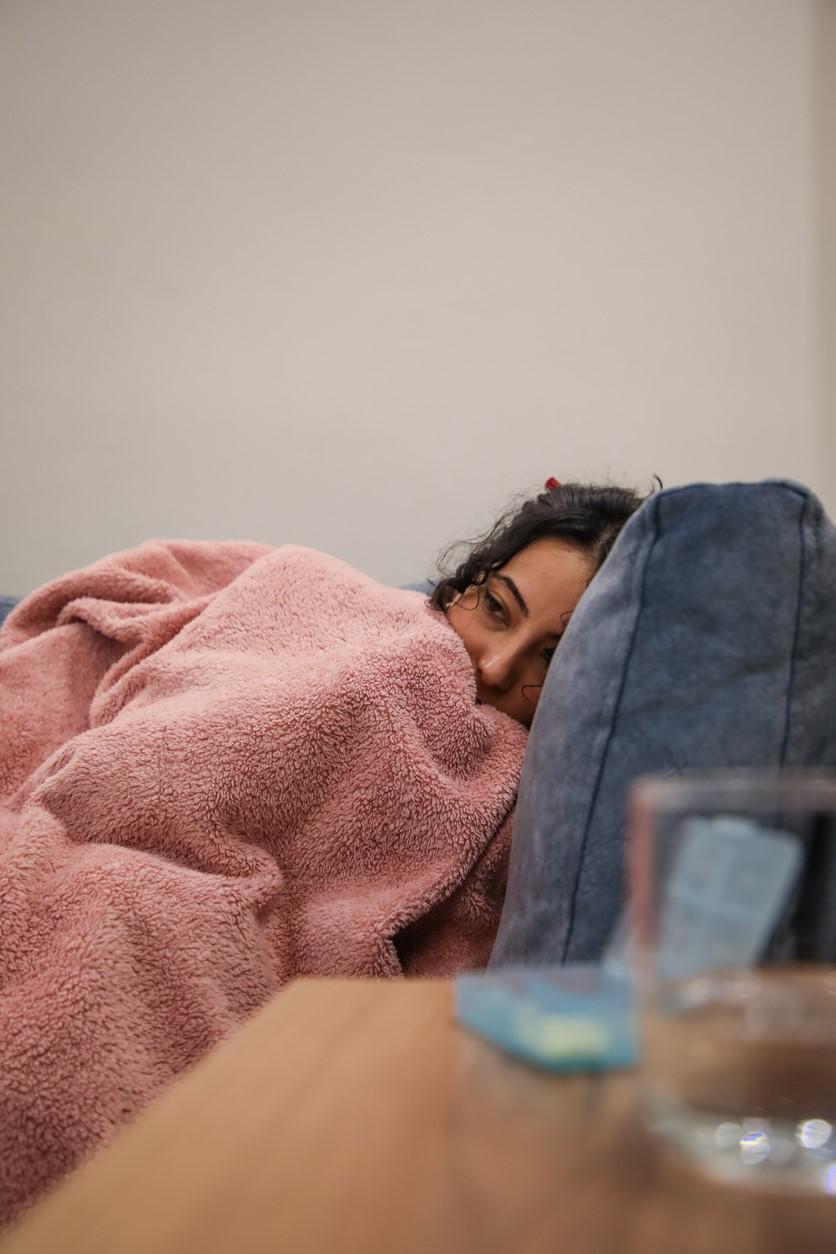Editor's Note: This story was updated on March 9 to clarify that 84% of those with long COVID at 4 months—not 84% of the original cohort—still had symptoms at 2-year follow-up. We apologize for the error.
The vast majority—84.2%—of COVID-19 survivors in a Swedish cohort who had long-COVID symptoms at 4 months reported persistent symptoms affecting daily life 2 years after hospital release, according to a follow-up study published late last week in The Lancet Regional Health Europe.
Linkoping University researchers in Sweden interviewed COVID-19 patients about 37 symptoms 2 years after release from the hospital from Mar 1 to May 31, 2020. The group's initial 2021 study found that 185 of 433 hospital patients (42.7%) had lingering symptoms and activity limitations 4 months after discharge. So 32% (139 of 433) of the original group had long COVID at 2-year follow-up.
Of the 181 long-COVID patients still alive at 2 years, 165 agreed to participate in the follow-up study, 63.0% were men, and 26% had been admitted to an intensive care unit (ICU). Of the 47 ICU patients, the median hospital stay was 25 days, and 43 (91%) had received mechanical ventilation for a median of 17 days. Median length of stay among nonseverely ill patients was 4 days.
Fewer patients employed, in classes
During the 2-year study period, 21.2% of the 165 patients were rehospitalized for cardiovascular, trauma/injuries, urogenital and endocrine diseases, infectious diseases such as COVID-19 reinfections, and other conditions. Fully 84.2% said they still had symptoms that had at least moderate effects on their daily life.
At 2 years, 19.4% of patients required referral to a medical clinic for additional follow-up. Cognitive and sensorimotor symptoms and fatigue were the most common lingering symptoms, while there was significant improvement in sensorimotor deficits, affective symptoms, and mental fatigue.
About half of long-COVID patients who were on sick leave at 4 months were still on sick leave at 2 years. The number of patients who were employed or studying was significantly lower at 2 years than before COVID-19.
There was no difference in symptoms between who were or weren't critically ill during initial infection. The number of asymptomatic patients rose from 14 (8%) at 4 months to 41 (25%) at 2 years.
The number of patients who were employed or studying was significantly lower at 2 years than before COVID-19.
The rate of symptoms with at least a moderate impact on daily activities fell significantly by 2 years for limb weakness/fatigability, problems walking at least 1 kilometer (0.6 mile), challenges being physically active, difficulty managing work and/or studies, increased need for sleep, headache, mental fatigue, and anxiety.
Thirty-one patients (18.8%) reported other symptoms not included in the interview, such as heart palpitations, chronic fever, reduced appetite, sweating, and hair loss.
Vaccinated report better health
The degree of shortness of breath improved significantly from 4 months to 2 years, although the proportion of patients with light or moderate shortness of breath was comparable at both assessments (60% and 58%, respectively), and the proportion of severe shortness of breath declined from 32% to 18%.
Self-reported general health improved over the study period, with the number describing their health as good or very good climbing from 35 (22%) to 80 (49%). In a subgroup analysis, the 10 unvaccinated patients said their health had deteriorated over the study period, while the 122 patients who had received at least three vaccine doses patients said their health had improved.
"Our cohort of patients, who were hospitalised with COVID-19 during the first pandemic wave and showed symptoms indicating PCC [post-COVID condition] at 4-months post-discharge, showed improved symptoms at two years post-admission, but also a high prevalence of persistent cognitive, sensorimotor and fatigue symptoms impacting on their everyday life," the researchers wrote. "This implies a need to establish routines for long-term follow-up of patients previously hospitalised due to COVID-19 with PCC."



















